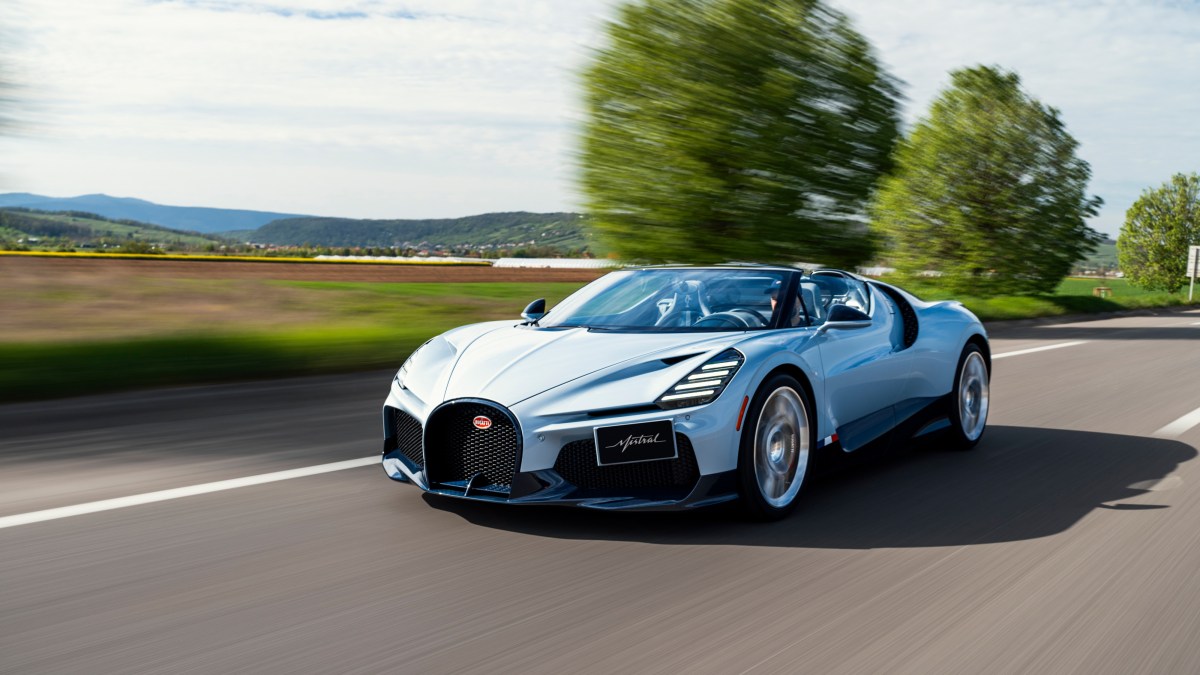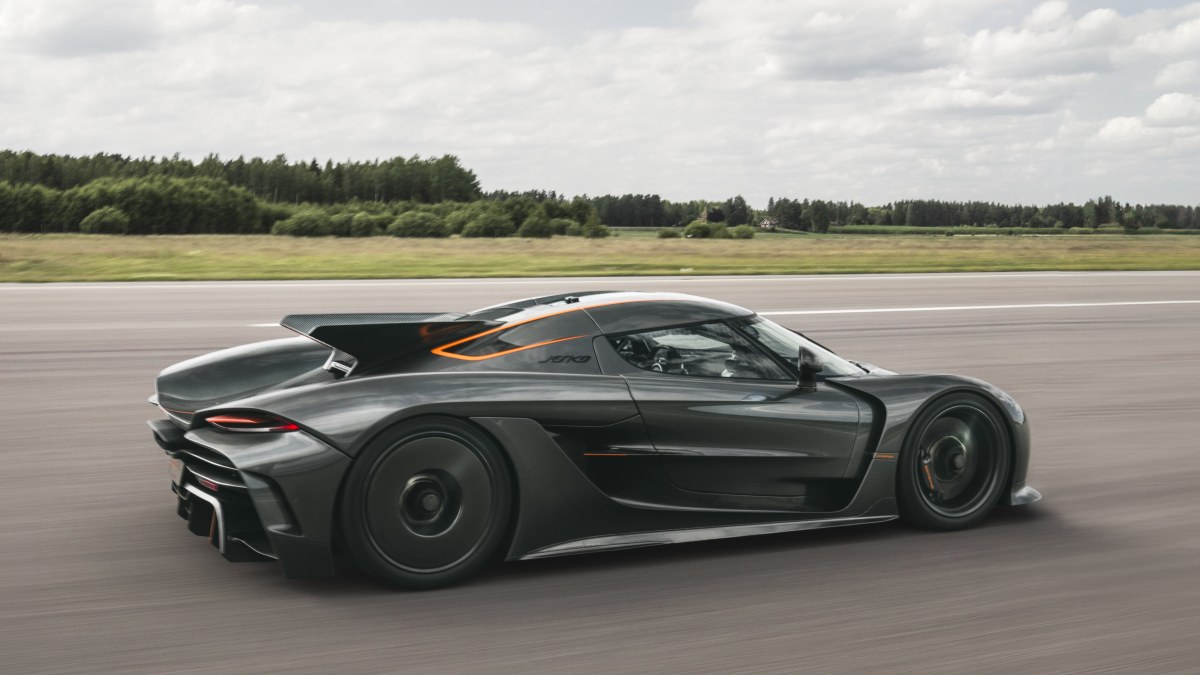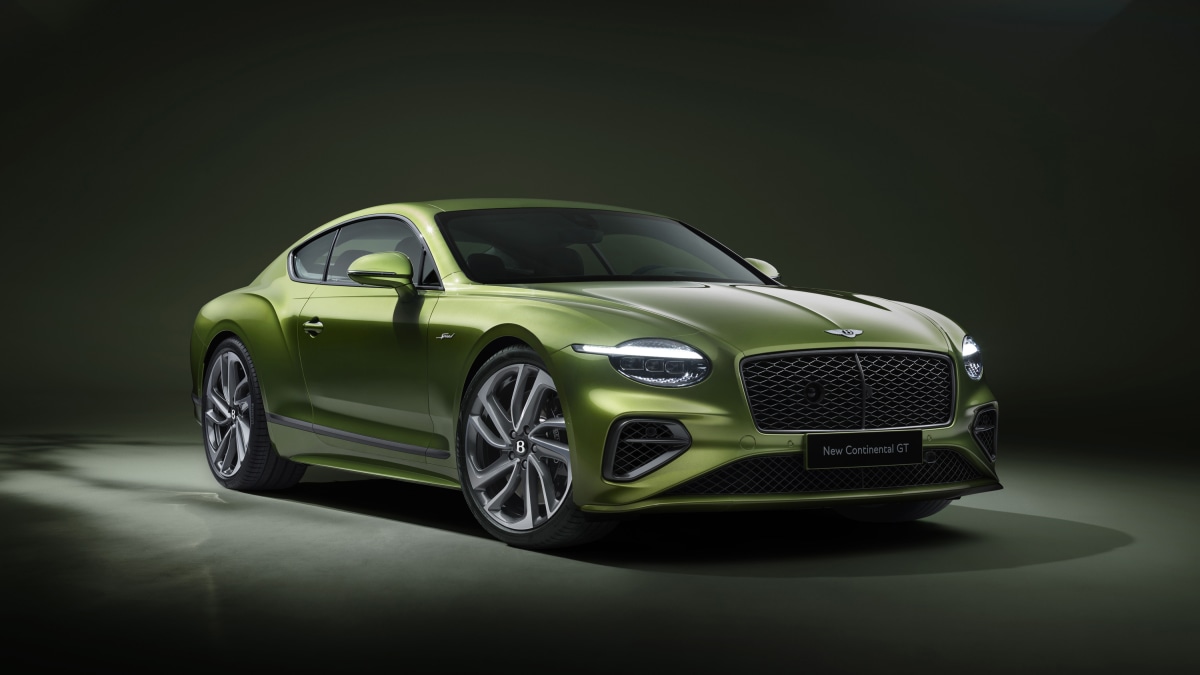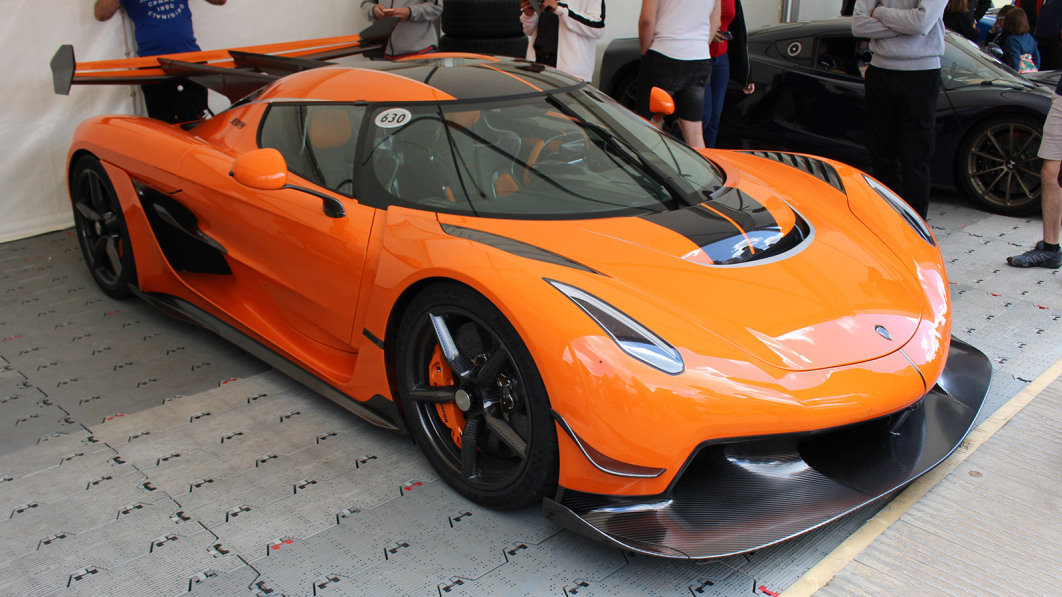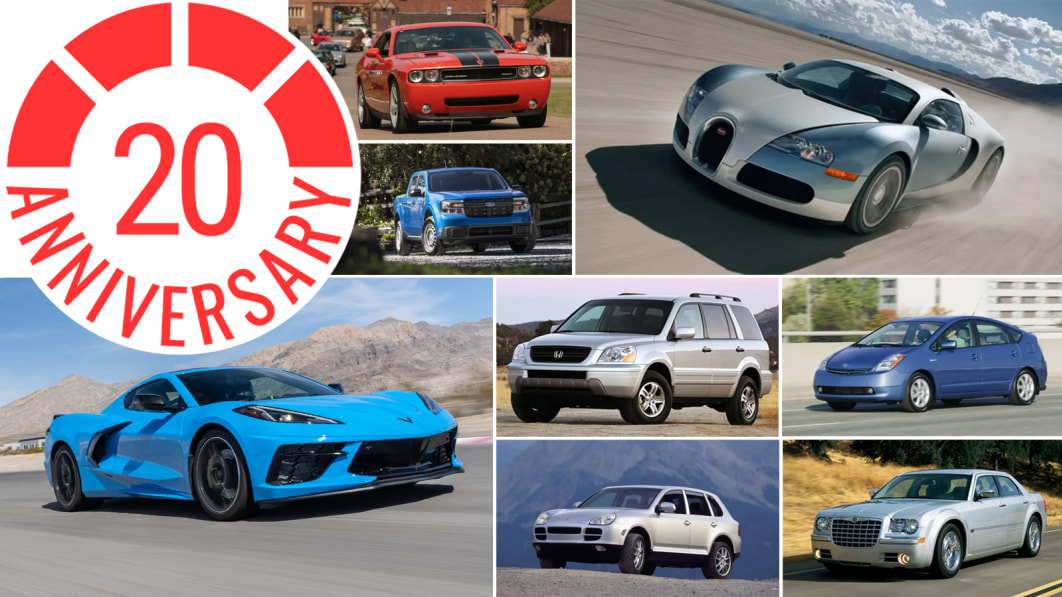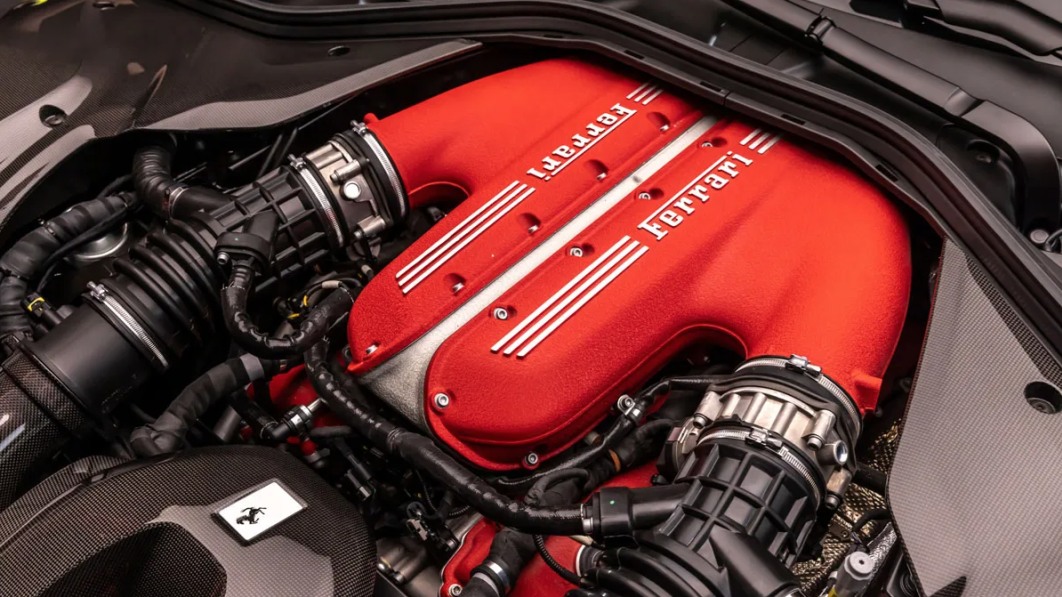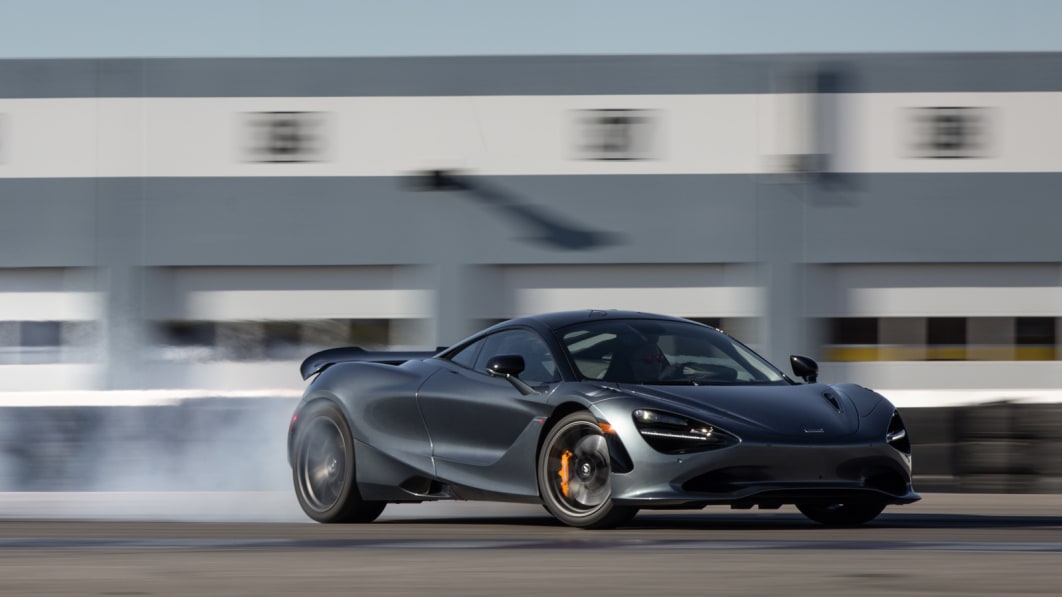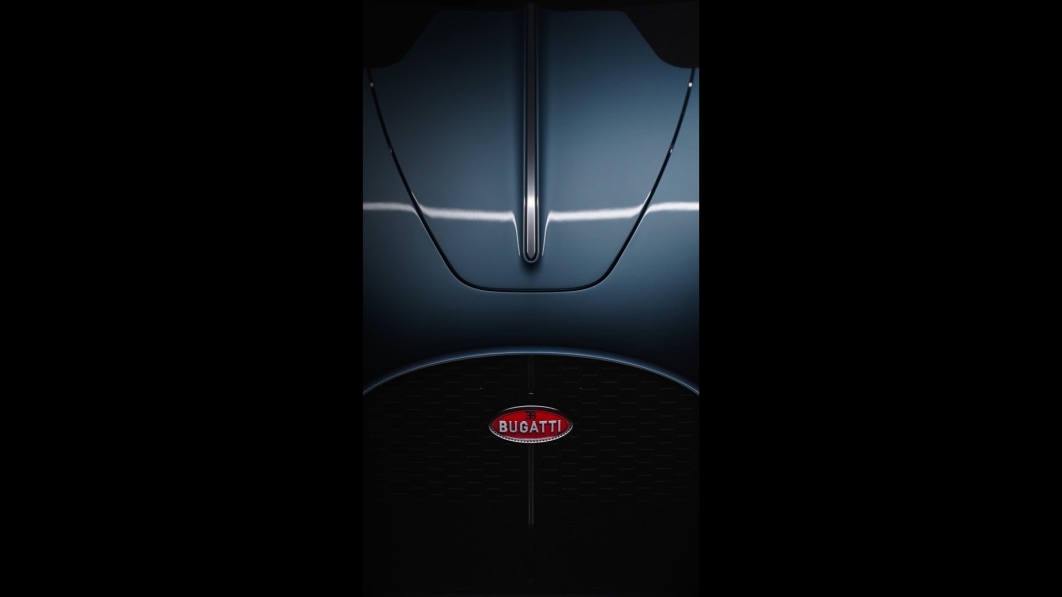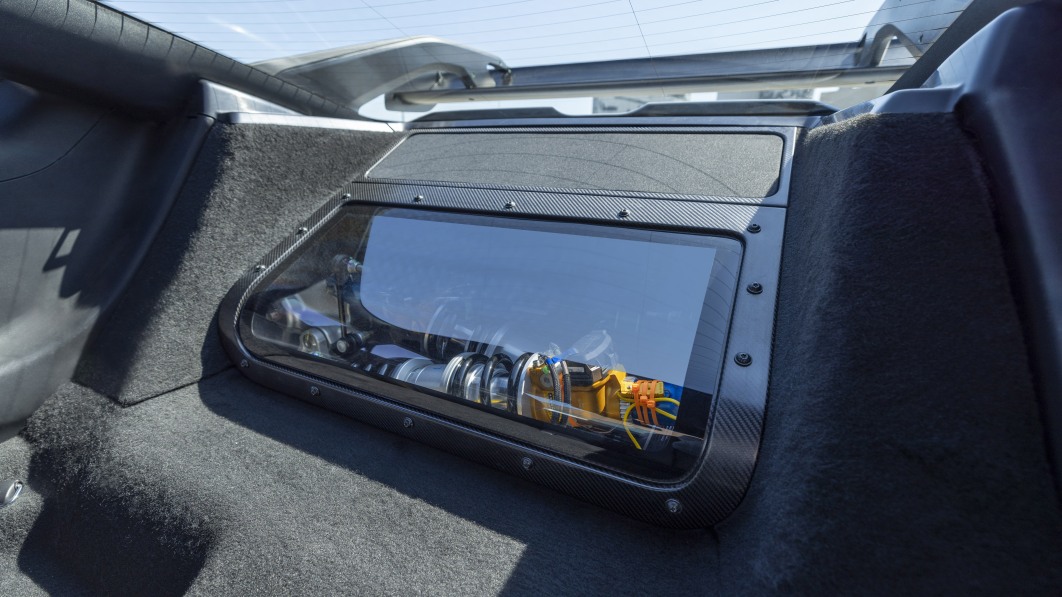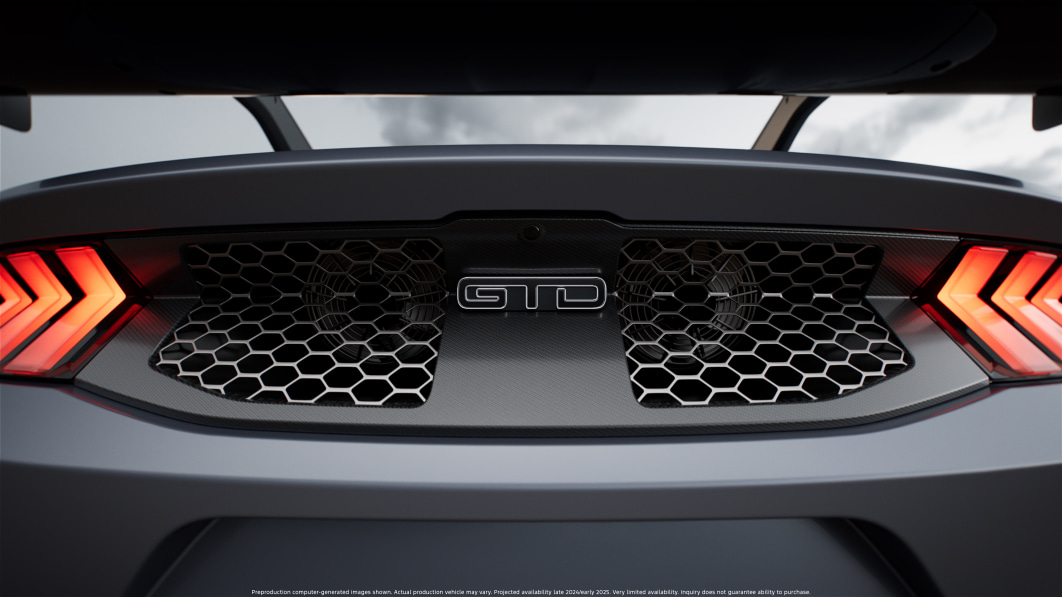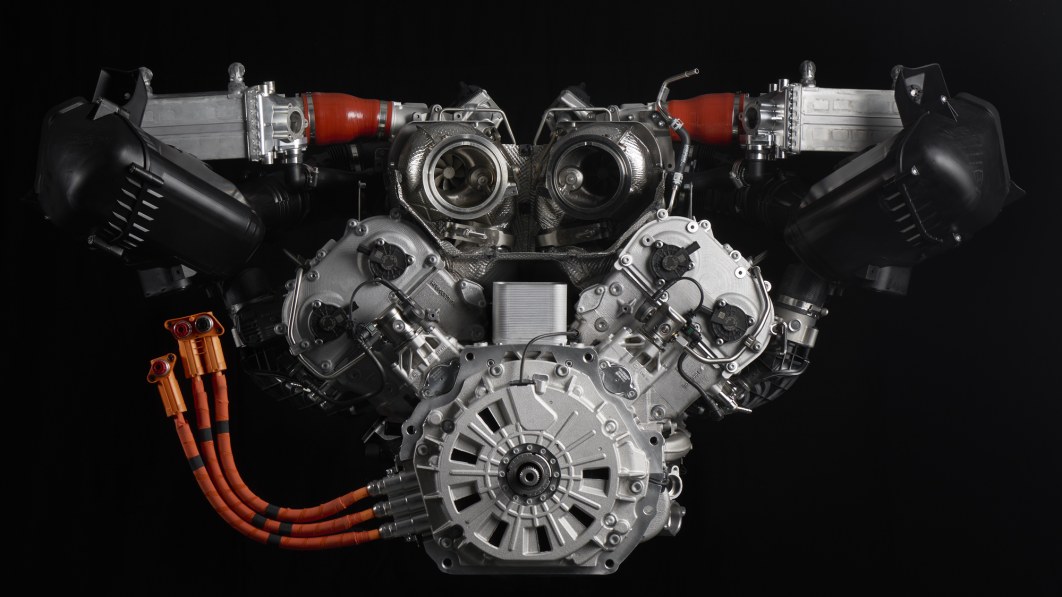In getting us ready for the 2025 Bentley Continental GT Speed, the automaker from Crewe hyped the coupe’s Ultra Performance Hybrid engine, not the car. That’s because we already know what to expect of any modern Bentley — opulence + velocity. The only question is how many horses will be used to fulfill the second part of the formula, and what kind of engine will make them. In this case, it’s a twin-turbocharged 4.0-liter V8 producing 584 horsepower on its own. When assisted by the 187-hp electric motor between the engine and eight-speed dual-clutch transmission, combined output is a very cheery 771 hp and 738 pound-feet of torque, making this Conti another notch in VW’s Year of Living Powerfully. Throughout the VW Group, the Porsche Taycan, Audi E-Tron GT, Audi RS Q8 Performance, and this new Bentley have all set benchmarks for being the most powerful roadgoing products their respective brands have ever produced.
For reference, the current GT’s W12 engine produces 650 horsepower and 664 pound-feet of torque, propelling the car to 60 mph in 3.5 seconds. The new coupe is said to take 3.1 seconds to 60 mph, the convertible one tenth behind. The current V8 makes 542 horsepower and 568 pound-feet of torque.
The 25.9-kWh battery behind the rear axle provides a few benefits. First, it powers that e-motor, and Bentley programmed this powertrain to recharge the pack while driving, a feat the Bentayga PHEV isn’t designed to do. Second, it can power pure-electric driving up to 87 miles per hour, although not for long; claimed electric range is 50 miles on the European cycle. But wait, there’s more: The Continental’s battery placement is said to bestow the coupe with a 49:51 weight distribution, improving on the 55:45 balance in the current GT range and establishing the best balance we’ve seen in a Bentley. The price of all this goodness is a 400-kW electrical architecture and a maximum charging rate of 11 kW, meaning a three-hour charge time to get the battery from empty to full.
After engineers got the third-generation 2019 Continental GT down to 5,056 pounds, this one hits the scales at 5,421 pounds in coupe form and 5,811 pounds in droptop GTC form. A chassis dubbed Bentley Performance Active Chassis holds the driving line thanks to mechanicals like all-wheel steering and all-wheel drive, an e-LSD, torque vectoring, and Bentley Dynamic Ride active anti-roll system working a new dual valve damper system and dual chamber air springs. We’re not fazed, having grown used to Bentleys being sensational heavyweights; this 2025 is only 270 pounds more than the original 2003 Conti GT, but with 219 more horsepower and 259 more pound-feet.
The automaker calls this model a fourth generation, making its case by saying 68% of the parts are new, percentages being the argument of choice when it’s tough even for automotive media to figure out what’s new. Bones underneath carry over, beneath sheetmetal given some clear revisions one can make out from afar, though. Start with those Bacalar eyes in the front end, an oval headlight cut by an illuminated slash the company calls an eyebrow, filled with diamond-like detailing. This is the first time since the 1950s that a Bentley’s shown a face with just two headlights. Wider taillights carry their own jewel-like highlights.
One needs to get closer to realize length has grown by 1.8 inches, and that the decklid’s been redesigned to eliminate lift so designers could get rid of the current car’s active spoiler. And the convertible’s roof adds a seventh crossbow for sleeker profile.
Inside, there’s a new look to the digital gauges, and there’s still plenty of buttons and knobs. Three audio system choices go from 650 watts pumped through 10 speakers to 1,500 watts working 16 speakers to 2,200 watts run through 18 speakers.
New tech features include deeper smartphone integration through the MyBentley app, cabin preconditioning, remotely summoning the car from its parking spot, and Zoom call capability. The standard color palette will add this fetching Tourmaline Green and Gravity Gray.
If convention holds, the “Speed” in the name hints at a less powerful version to come once the flagship coupe and convertible have launched.
Bentley Continental GT Information

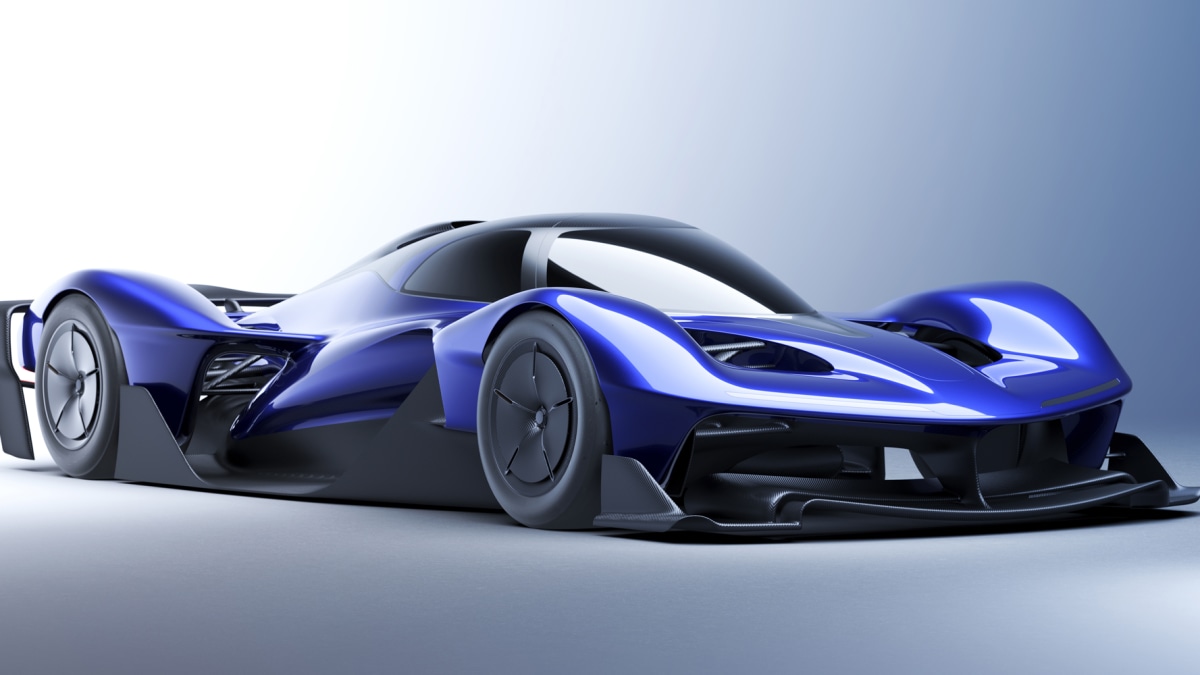

 [unable to retrieve full-text content]
[unable to retrieve full-text content]

